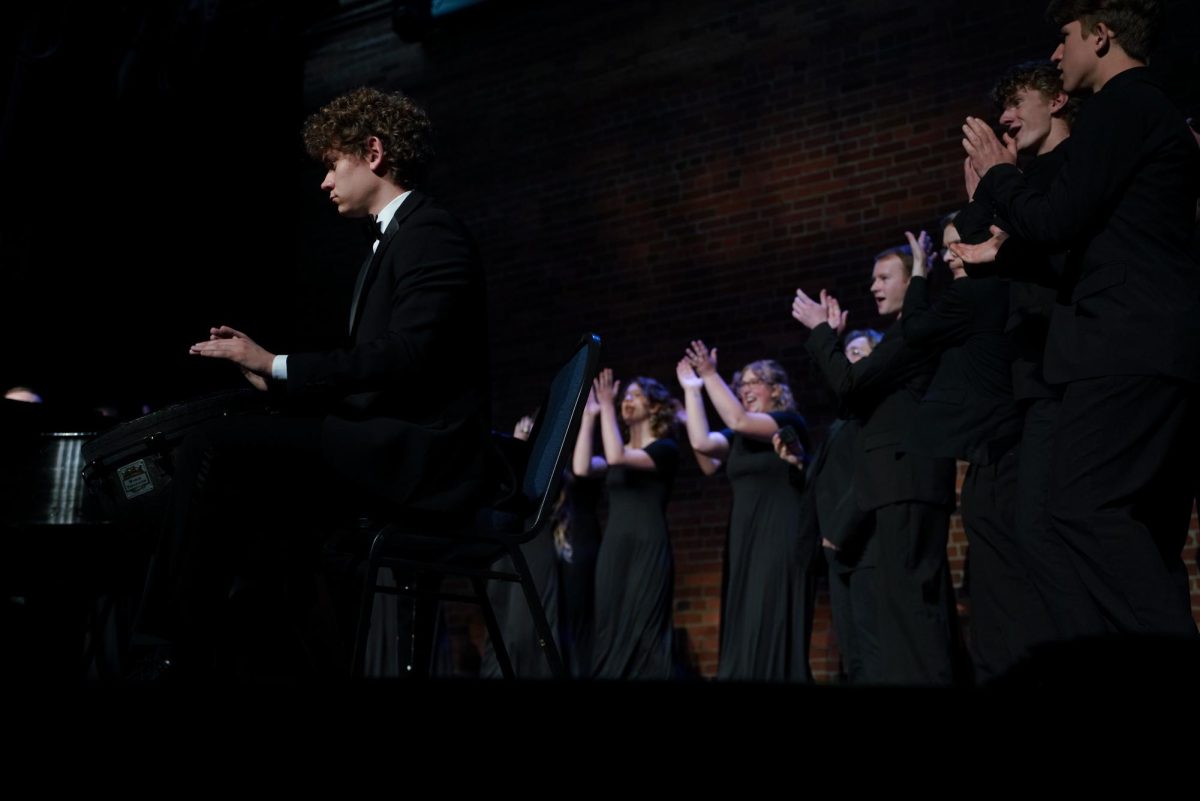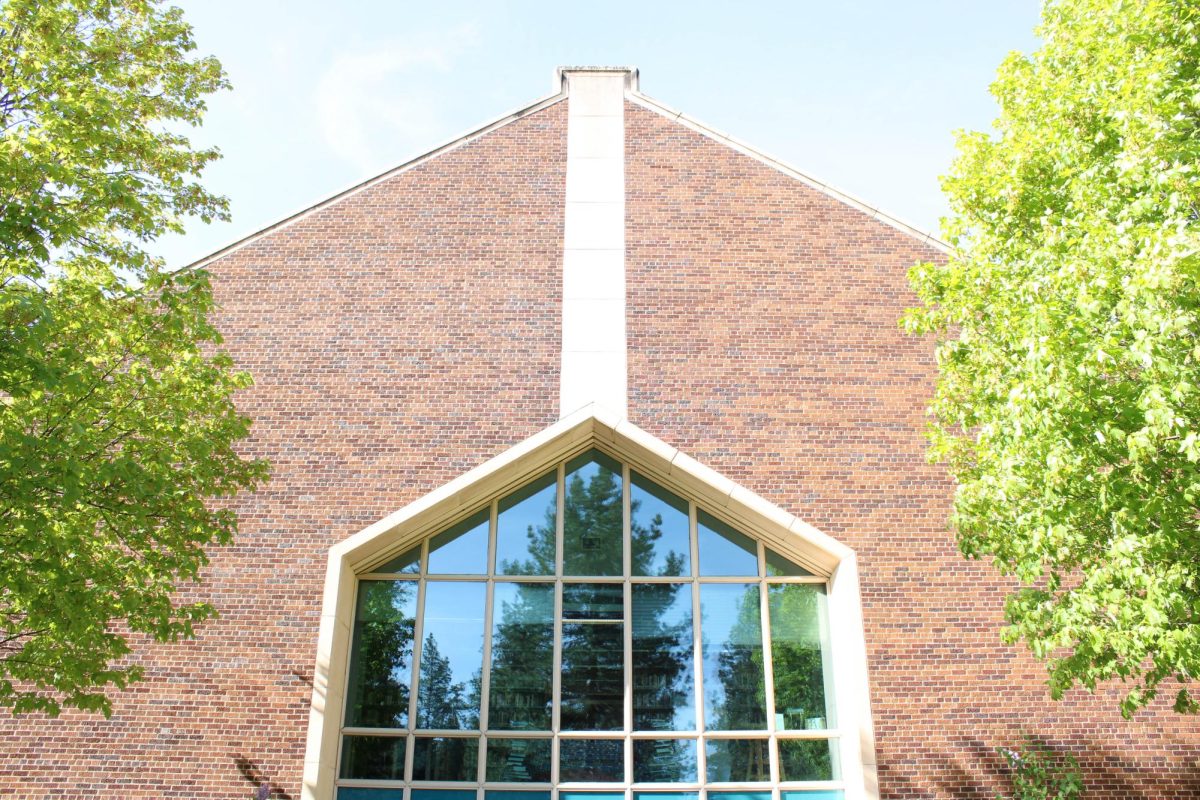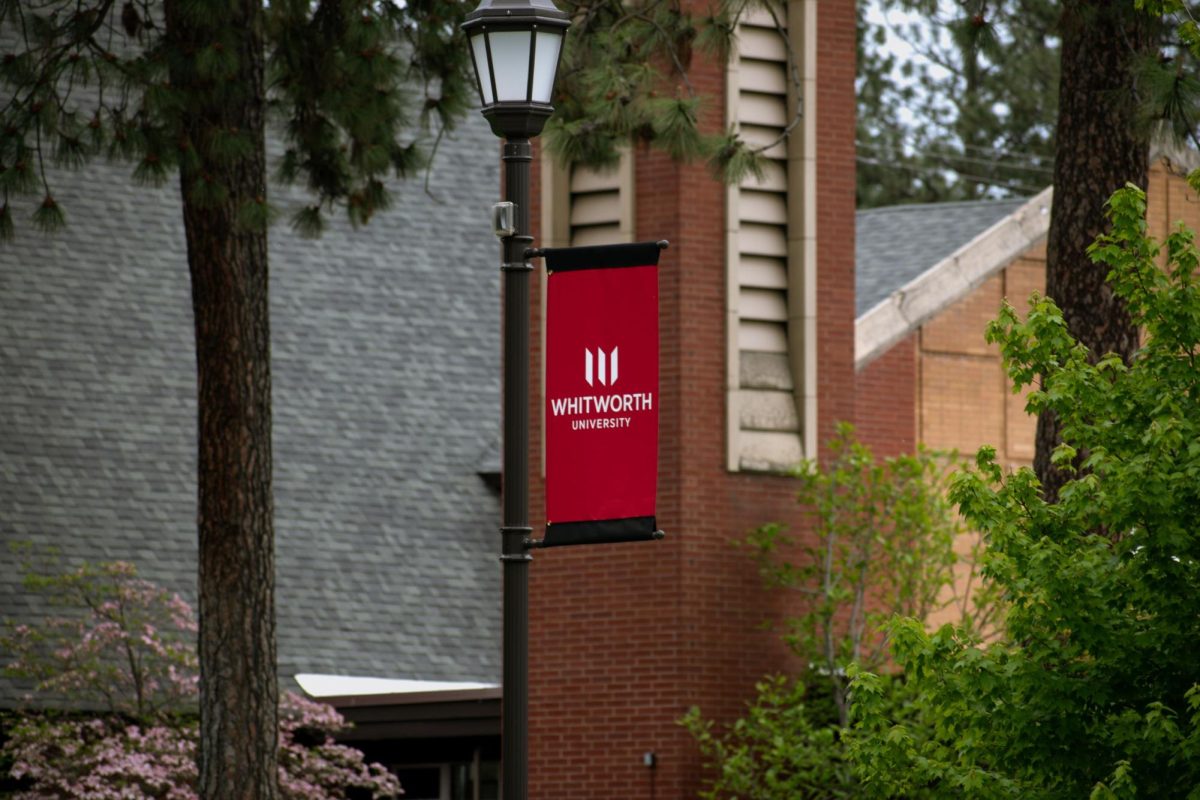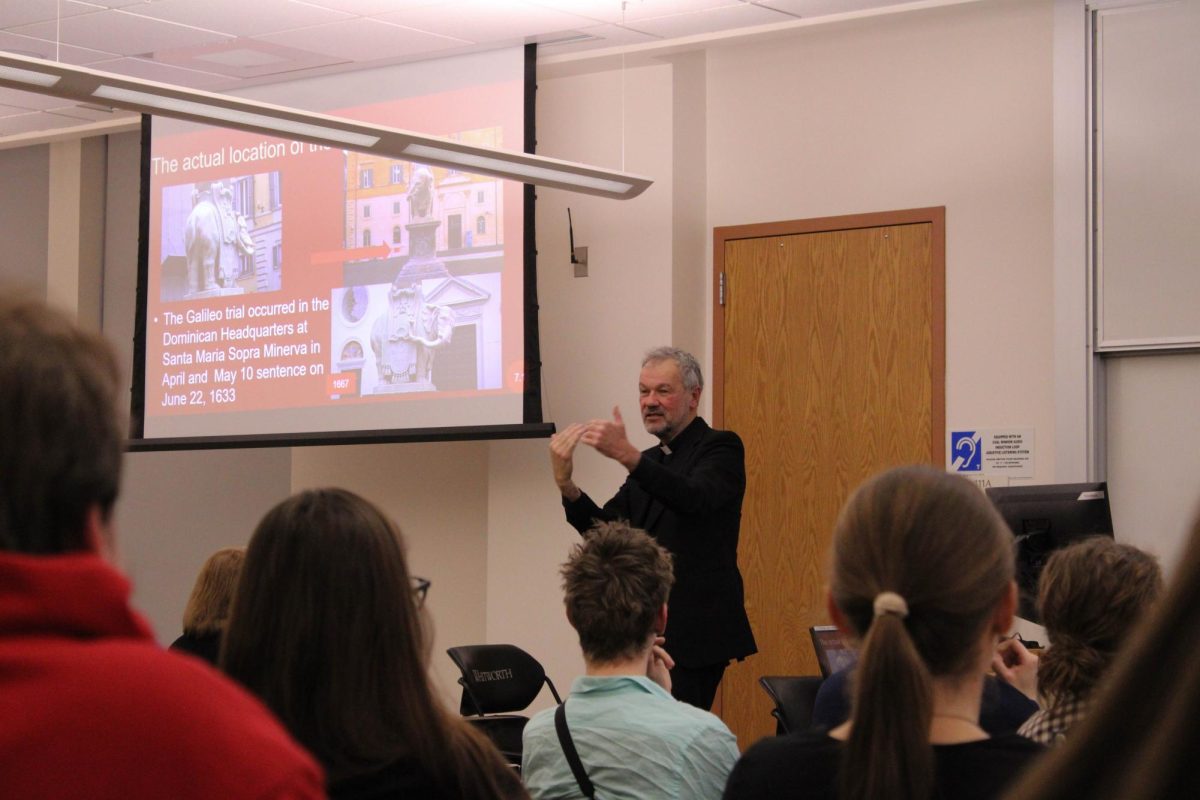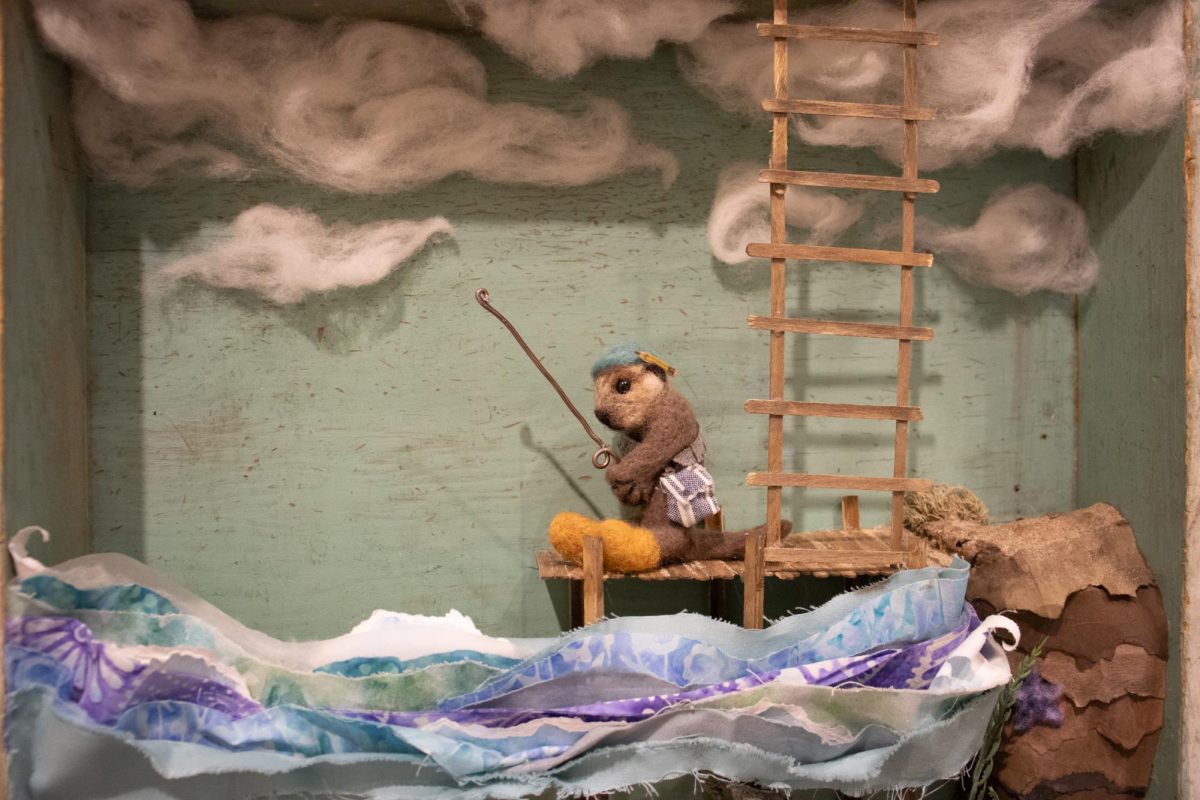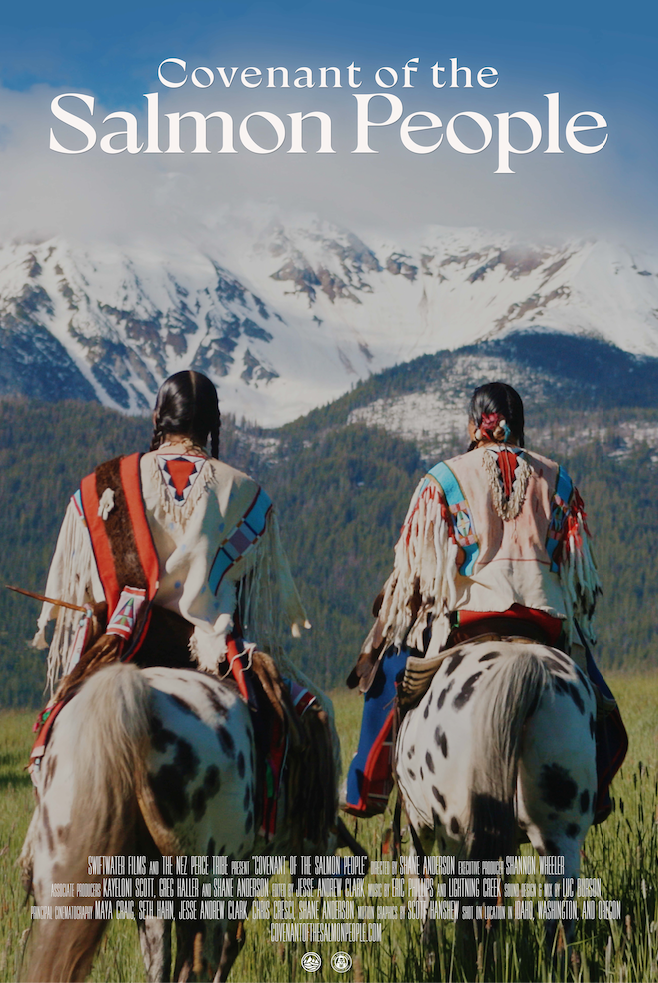The sounds of ukuleles and the smell of pineapple filled the Fieldhouse on the night of Saturday, April 25th as the Hawaiian Club held its annual Lu’au.
The event began at 5 p.m. with a Polynesian buffet. Guests were treated to Hawaiian dishes such as kalua pork, chow mein and lomi salmon. Several student performers provided live Hawaiian-themed songs as background music during the dinner. At 7 p.m., a show of traditional Polynesian dances portrayed folk tales from the Polynesian islands, entertaining the Whitworth audience. The night also included a raffle.
The Lu’au celebrated its 45th anniversary on Saturday night. First celebrated in 1970, the lu’au is put on by Na Pu’uwai O Hawai’i (the heart of Hawaii), the official name for Whitworth’s Hawaiian Club. Over 35 students danced as part of choreographed dances, and several audience members (including President Beck Taylor) were also invited onto the stage to dance.
Sophomore Hawaiian club president Asa Arhelger says that the lu’au is an important cultural event for students and Spokanites with and without Hawaiian heritage.
“It’s meant to give people a feel for what the Hawaiian culture is because it’s not really accessible in Spokane,” he said. “I think on average maybe about 20 students come in (per year) from Hawaii. Even some of the staff have ties to Hawaii.”
Arhelger hopes that the event sparks a deeper appreciation and understanding of world cultures on campus, Hawaiian and otherwise.
“Diversity is really a whole bunch of other things, not just what people would normally think,” he said. “There’s not a lot of diversity in what people see and experience on campus, and so the Lu’au, and I hope the Hawaiian Club in general, is one of those things that can be seen as unique and an experience that you might not get necessarily anywhere else.”
Many of the dancers performing in the event were student volunteers who signed up for the experience. Sophomore Dustin Dillon was one such student.
“I decided to do it because I had friends that were doing it so I thought it’d be cool to do it with them,” he said. “I liked the fact that there were a bunch of people who came together to entertain other people.”
Dillon remarked that the experience of performing was particularly exciting for him.
“It was kinda nuts,” he said. “I wasn’t expecting there to be as many people as there were. I was kinda nervous but it was a good kind of nervous. It was surreal.”
Several styles of Polynesian dance were performed, not just Hawaiian. Maori chanting, Tahitian hip dancing, poi ball twirling and others were included in the festivities. Each of the individual dances served as part of a larger narrative illustrating a Hawaiian cultural folk tale. The stories included themes of forbidden love, the creation of the world and spiritual journeys. One of the legends presented at the lu’au was that of the daughter of a great chief, Hinemoa, who fell in love with a commoner, Tutanekai. Forbidden by the chief to see each other, the two were separated by a great lake. Tutanekai played his flute so that Hinemoa could canoe across the water to him. When her people pulled the canoes ashore to make them impossible to use, Hinemoa strapped gourds to herself and swam across the lake to her love. Through dance, the separation of the lovers was portrayed by hula dancers, and Hinemoa’s love for Tutanekai was shown through poi ball twirling, a dance that involves weights at the end of a string being twirled through the air in various ways. Two other folk tales were told throughout the night.
The Hawaiian Club also honored its officers with leis and its seniors with a final dance.
Above all, Arhelger emphasized a desire for people to try new things.
“Whitworth likes the whole challenging your worldview thing,” he said. “The only way you challenge your worldview is to go out and do something different, something that puts you out of your comfort zone. You don’t really grow if you don’t do that.”

